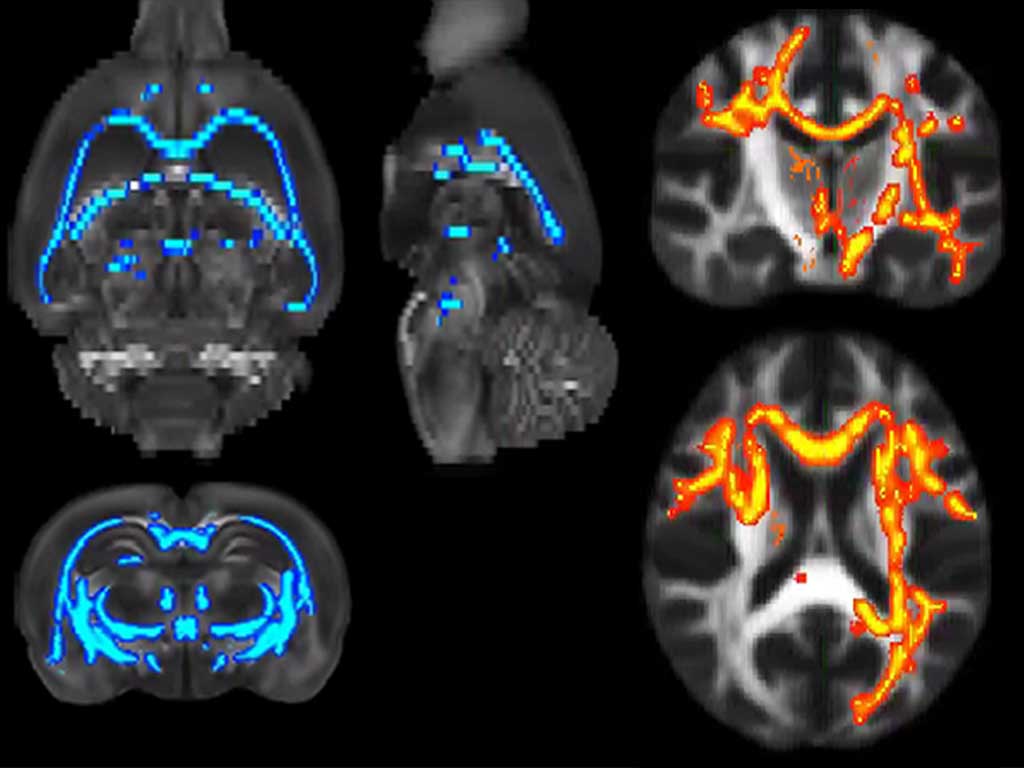Frequency-Dependent Gating of Hippocampal-Neocortical Interactions
How and where hippocampal-neocortical interactions required for memory formation take place is a major issue of current research. Using a combined in vivo fMRI/electrophysiology approach, we have investigated whether specific frequencies of CA3 neuronal activation, inducing different forms of short term plasticity at CA1 synapses, contribute to differential activity propagation in brain-wide networks connected to the hippocampus. We report that localized activation of CA3 neurons in dorsal hippocampus produced activity propagation within the hippocampal formation, including the subiculum and entorhinal cortex, which increased monotonically with frequency to a maximum at 20-40 Hz. However, robust extra-hippocampal propagation was seen specifically at theta-beta frequencies (10-20 Hz), reaching a network of midline neocortical and mesolimbic structures. Activation in those regions correlated with a frequency-dependent facilitation of spiking activity recorded in CA1. These results provide a mechanistic link between the dynamic properties of short-term plasticity in the efferent synapses of CA3 neurons in CA1 and activity propagation in brain-wide networks, and identify polysynaptic information channels segregated in the frequency domain.

 Español
Español
